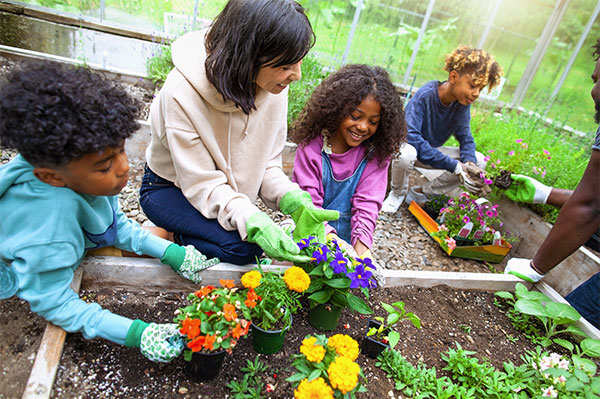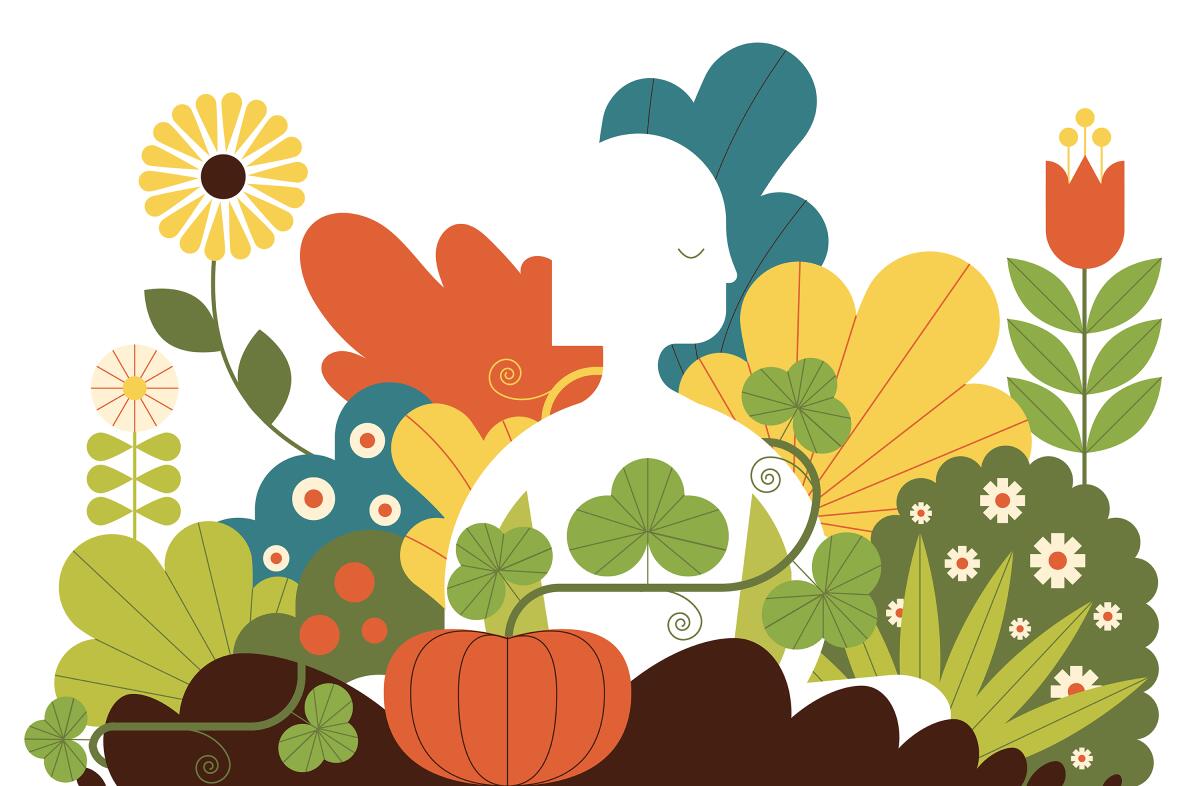Professional Gardening Tips for Creating a Sustainable and Eco-Friendly Yard
Getting started on the journey to produce a lasting and environmentally friendly yard entails a collection of deliberate choices and methods that not just boost the charm of your space however additionally add favorably to the environment. To discover more sensible strategies and experienced insights, let us explore the essential aspects that specify an environmentally mindful garden.
Select Indigenous Plants
Picking indigenous plants for your yard is a basic action towards attaining sustainability. Native plants are inherently adapted to the local climate and soil conditions, making them more resilient to regional bugs and conditions. This reduces the need for chemical pesticides and plant foods, hence minimizing ecological influence. In addition, indigenous plants generally call for much less water when established, contributing to much more efficient water use.
Past their sensible advantages, native plants play an essential role in sustaining local biodiversity. They offer essential habitat and food resources for native wildlife, including pollinators such as birds, butterflies, and bees. This fosters a well balanced ecological community, which is crucial for the health of your garden and the surrounding environment.

Implement Water Preservation
Executing water conservation methods is vital for preserving a sustainable garden. Efficient water usage not only lowers the environmental impact but additionally makes certain that plants obtain ample hydration without wastefulness.
In enhancement, mulching is a valuable practice for conserving water. By using a layer of natural mulch, such as wood chips or straw, around the base of plants, gardeners can decrease dirt evaporation and preserve constant moisture levels. Compost likewise assists regulate dirt temperature level and reduces weed growth, further adding to plant wellness.
Rain harvesting is one more lasting approach. Installing rain barrels or various other collection systems permits gardeners to record and store rainwater, which can later on be utilized during completely dry durations. This not only preserves municipal water yet additionally supplies a natural, chemical-free resource for irrigation.
Last but not least, choosing drought-tolerant plant species can significantly decrease water demands. These plants are adapted to grow in low-water problems, making them suitable for eco-friendly gardens. gardening tips. Carrying out these water preservation techniques will promote a resilient, lasting garden
Usage Organic Horticulture Techniques

Pest administration in an organic garden depends on incorporated bug administration (IPM) approaches. These consist of motivating beneficial insects, using all-natural killers like lacewings and ladybugs, and implementing plant turning to interfere with pest life process. Friend growing, where specific plants are grown with each other to fend off insects or attract advantageous bugs, is one more that site efficient method.
Weed control is managed through mulching and hand-operated elimination, as opposed to counting on herbicides. Mulch not just subdues weeds yet additionally saves moisture and improves dirt health and wellness as it breaks down. Organic mulches, such as straw, timber chips, and leaves, are especially useful.
Produce Wildlife Environments
Developing wildlife environments within your garden not just improves biodiversity yet likewise sustains the community's equilibrium. Start by including native plants, as these are appropriate to your local environment and give crucial food and sanctuary for wildlife.
Think about including a water feature, such as a pond or birdbath, to give a consistent water source. Water elements draw in a selection of species, from amphibians to pollinators, improving the yard's vigor. Additionally, setting up birdhouses, bat boxes, and insect resorts offers risk-free nesting sites and encourages biodiversity.
Leave some locations of your yard undisturbed, permitting ground cover and dropped branches to build up. These all-natural particles piles produce environments for pests and tiny creatures, promoting a well balanced ecosystem. Prevent making use of chemical pesticides and herbicides, as they can harm useful wild animals and interfere with food chains. By prioritizing these sustainable practices, your garden can end up being a shelter click for more for local wildlife, promoting ecological health and wellness and sustainability.
Technique Composting and Mulching
A key facet of sustainable gardening, composting and mulching, significantly boosts dirt health and wellness and minimizes waste. Unlike synthetic plant foods, compost improves the dirt with vital nutrients and useful microorganisms, fostering a much healthier garden ecological community.
Mulching, on the various other hand, involves covering the dirt surface area with inorganic or natural materials, such as straw, timber chips, or shredded leaves. This technique provides numerous advantages: it preserves soil wetness, suppresses weed development, and moderates soil temperature. Mulch additionally slowly breaks down, including raw material to the dirt and further improving its fertility.
To exercise efficient composting, ensure your compost heap has a balance of eco-friendly materials (rich in nitrogen) and brownish materials (rich in carbon), keeping sufficient aeration and moisture. gardening tips. On a regular basis turning the stack increases decomposition. For mulching, use a 2-3 inch layer around plants, ensuring it does not directly speak to stems or trunks to avoid rot
Verdict

Selecting indigenous plants for your garden is a basic step towards achieving sustainability.Furthermore, integrating additional info native plants can improve the aesthetic charm of your garden. These plants are adjusted to prosper in low-water problems, making them suitable for environmentally friendly yards. Executing these water preservation methods will promote a resilient, sustainable yard.
In conclusion, developing a sustainable and environment-friendly yard involves the calculated option of native plants, the adoption of water preservation techniques, and the application of natural gardening techniques.